

Quintana Roo
Mexico
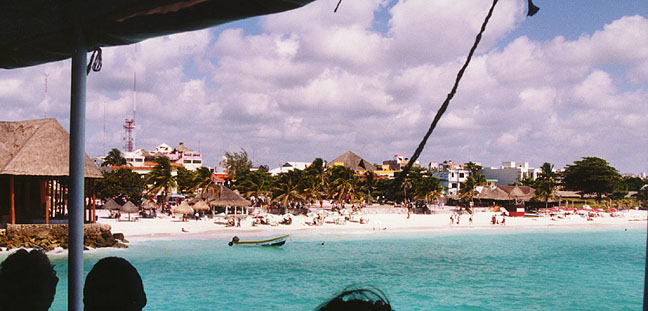
Riviera Maya
Quintana Roo
, state in southeastern Mexico, on the Yucatán Peninsula. Quintana Roo is a sparsely populated state that has a strong Maya heritage, a number of prominent archaeological sites, and some of Mexico’s most famous beach resorts. The state is bordered by Guatemala and Belize on the south, by the Caribbean Sea on the east, by the Gulf of Mexico on its northern tip, and by the states of Yucatán and Campeche on the west.
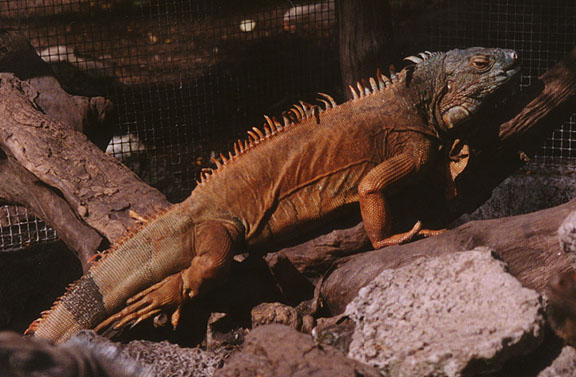
long time resident of the area, the Iguana
Quintana Roo occupies a third of the Yucatán Peninsula, which is an essentially flat limestone surface with almost no aboveground rivers and little topsoil. The thin soil and semiarid climate produce a tropical forest that includes large stands of mahogany, but make it difficult to grow agricultural crops. The state covers an area of 39,376 sq km (15,203 sq mi).

the Mexican costume show
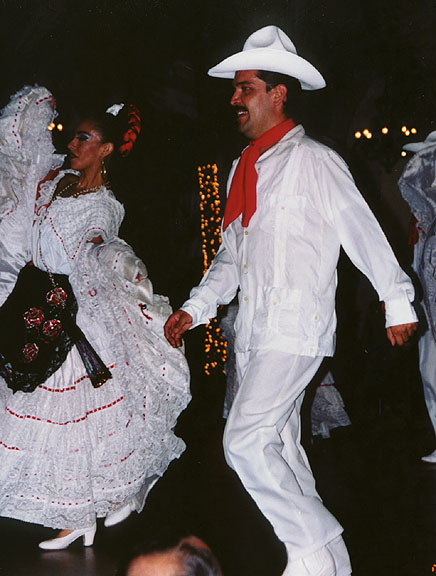
white dress from Veracruz
Most of Quintana Roo’s residents are descendants of the Maya. There are few urban centers, and the state’s population is widely dispersed in small villages and towns. Quintana Roo was the least populated of Mexico’s states in 1970, but it had the highest level of migration in Mexico between 1980 and 1990 due largely to the growth of tourism.
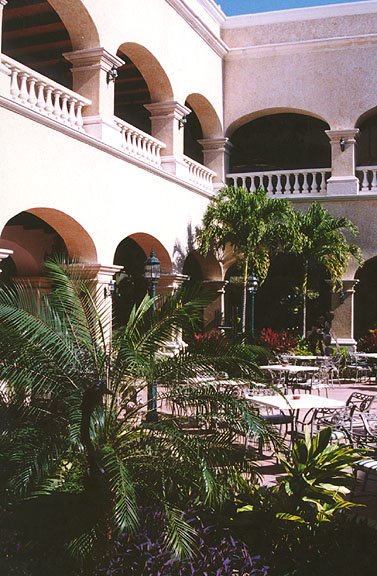
the patio of Adventura Palace resort
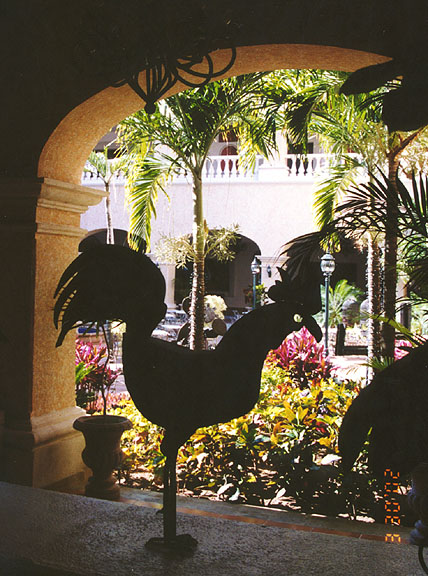
protecting rooster
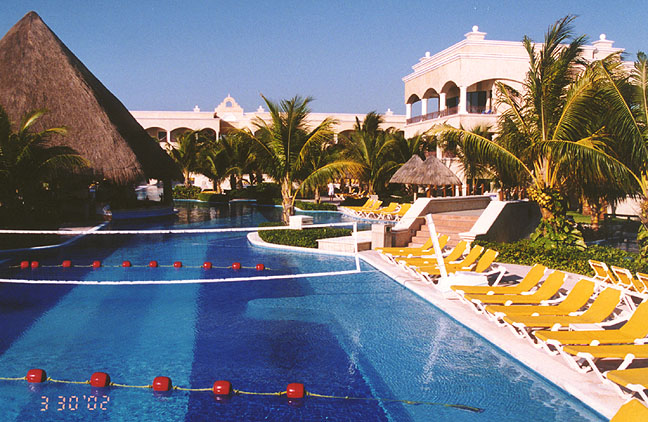
the pool
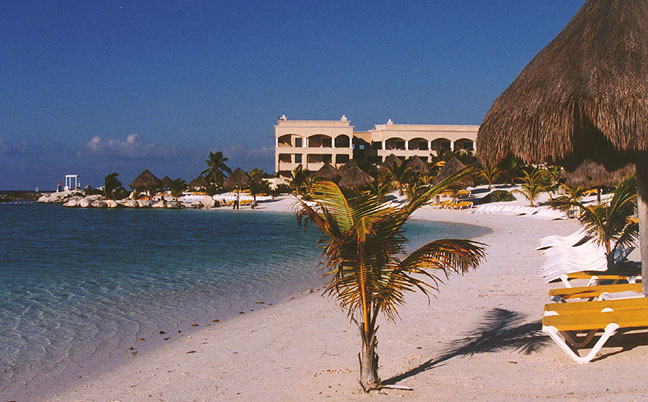
the beach
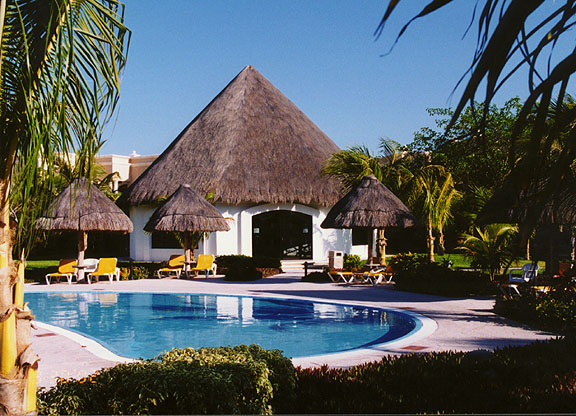
Galen's favorite, the Ping-Pong Palace
By the 1990s the population of Quintana Roo had surpassed that of Colima and Baja California Sur.

Sol
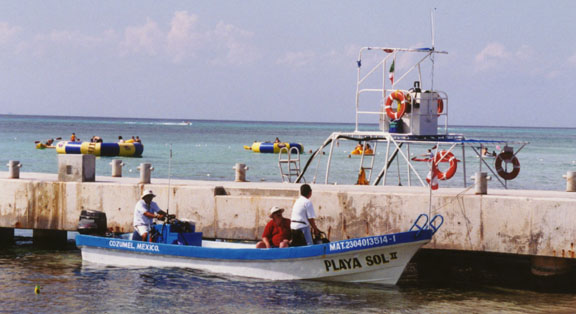
Playa Sol
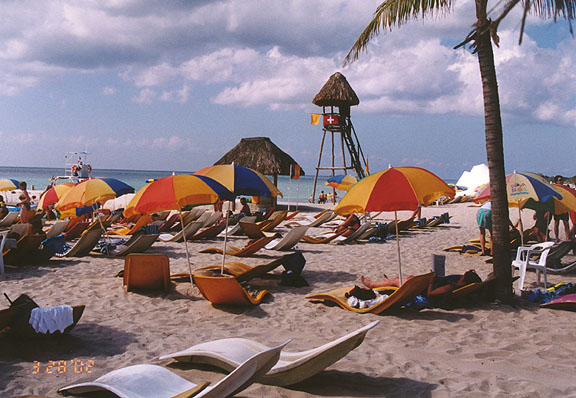
the beach
The state’s capital city, Chetumal, is located in the southern portion of the state, across the border from Belize. It provides the primary point of entry from Belize into Mexico, and is connected overland to Belize City. Cancún, a beautiful resort community along the state’s northern coast, has become one of Mexico’s most important tourist destinations. The state’s Maya heritage is still predominant in the region. Nearly one-third of the population speaks an indigenous language, ranking Quintana Roo third among the 31 Mexican states in that category. The state’s population in 1997 was 772,803.
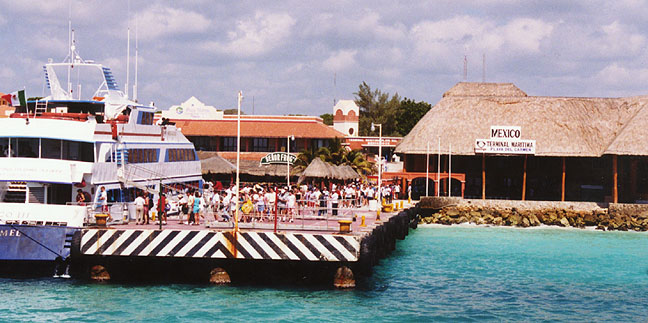
Ferry to Cozumel from Playa Carmen
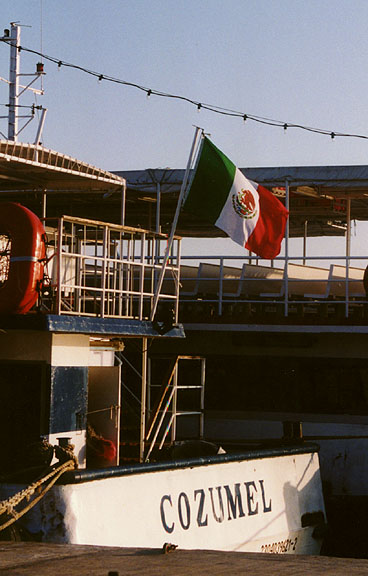
a short ferry ride to the island of Cozumel
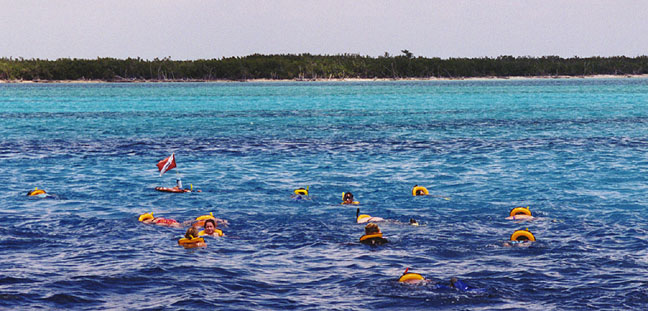
snorkeling along Columbia reef off Cozumel
Few roads traverse the state, and the only major highway connects Cancún and Mérida, the capital of neighboring Yucatán. Cancún boasts one of Mexico’s most attractive international airports. Quintana Roo also attracts numerous tourists to its archaeological sites. One of these, Tulum National Park, features the ruins of the Maya city of Tulum at a spectacular cliff-side setting overlooking the Caribbean Sea. Skin divers and snorkelers are attracted to the waters in this region, which includes Cozumel Island and the extraordinary lagoons of Xel-Há, where dozens of colorful species of fish can be observed. Other than tourism, the state’s primary economic activity is the production of lumber and other forest products, especially mahogany.
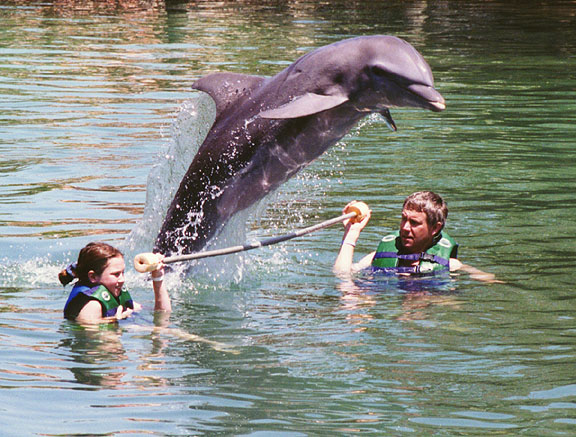
Dolphin Experience at Puerto Aventuras
More Photos of the Dolphin Experience
Spanish explorers made their first landing in what would become Mexico in 1517 at Cape Catoche, at the northern end of modern-day Quintana Roo. During the mid-1800s, the Yucatán Peninsula was the site of a major Maya rebellion against Mexicans of Spanish heritage. This struggle, known as the Caste War of the Yucatán, began in 1847 and was an effort to end the exploitation of the Maya and stop nonnatives from taking over communal Maya lands. The rebellion was largely defeated by 1853 but many Maya fled across the Yucatán Peninsula into remote regions of what is now Quintana Roo, where they continued the rebellion and ran an independent Maya state until they were defeated by Mexican troops in 1901. Quintana Roo became a federal territory in 1902 but did not achieve statehood until 1974.Text By: Roderic Ai Camp for Microsoft Encarta

resort swan
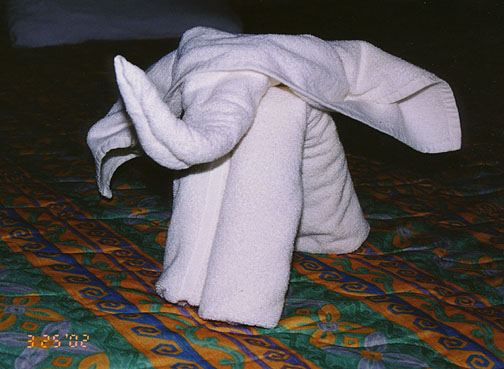
resort elephant
![]()
![]()